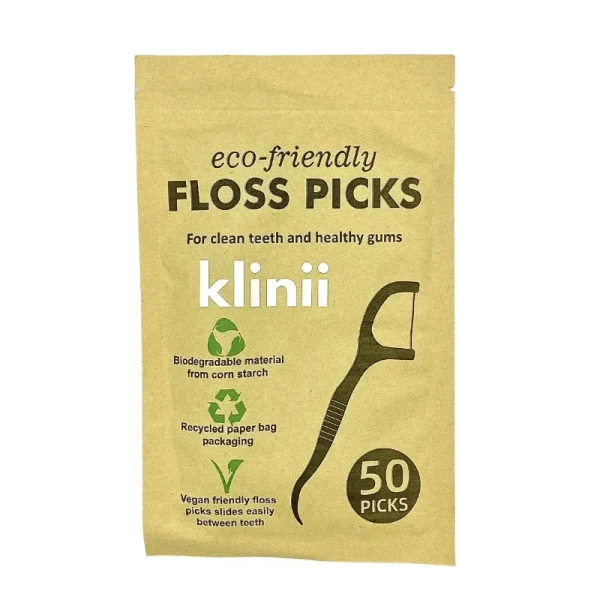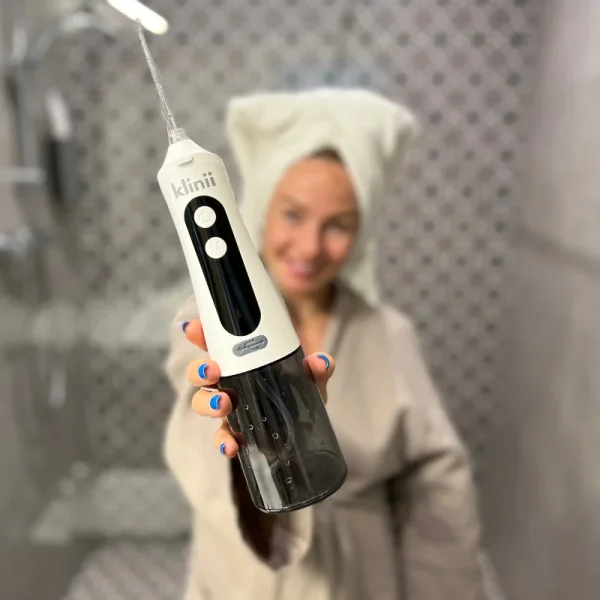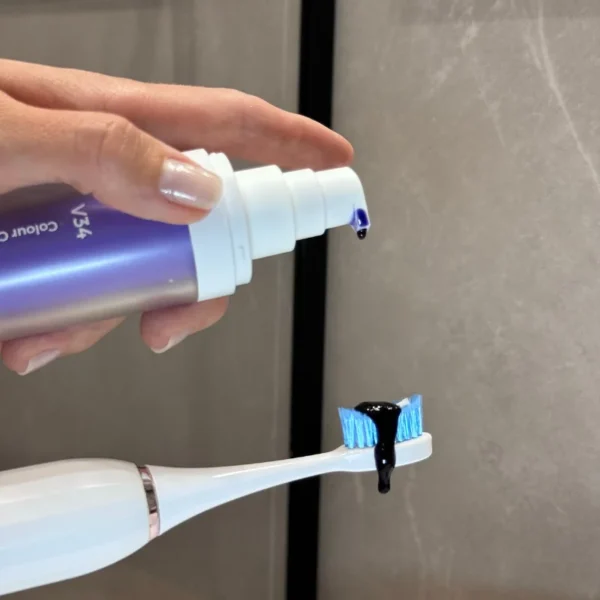

In recent years, oral irrigators have become an increasingly popular choice for oral care. It is a tool that helps to effectively clean interdental gaps and plaque near the gums.
An oral irrigator is a device that fills water, mouthwash or a proportionally appropriate mixture of both, then when it is turned on, a high-pressure water jet is sent. By spreading it between the teeth, near the gums and on the surface of the teeth, it helps to clean food residues and bacteria left between the teeth. As well as cleaning the bacteria left on the gums, where tartar is most often observed during a visit to the hygienist.
It is very difficult for a toothbrush to reach between the teeth, so people have been known to use dental floss for this purpose. However, it is not the only choice, as an oral irrigator can do the same job. Research shows that an irrigator can be just as effective as flossing, or even more effective in removing plaque and food debris. As well as improving gum health. A study published in the Journal of Clinical Dentistry found that daily use of an oral irrigator and a traditional toothbrush reduced gingival bleeding by 29% and gingivitis (inflammation of the gums) by 26% after only two weeks of use.[1]
The water jet is able to access all hard-to-reach areas. Compared to flossing, this wouldn't actually be possible because braces would interfere with a full cleaning. It is also convenient to access the braces themselves from all sides and successfully perform the cleaning process. A study by Angle Orthodontist compared the results of using an oral irrigator daily and not using it at all, between people with braces. It was concluded that those who used an oral irrigator had a significant reduction in bacteria and the risk of accumulation in hard-to-reach areas. [2]
In addition to effective plaque and food residue cleaning, the oral irrigator is easy to use and can serve as an excellent substitute for traditional flossing. Especially for people for whom flossing causes heavy bleeding and discomfort.
Oral irrigators are available in different modes, types and colors, so it is especially important to make an informed choice before purchasing an irrigator. An oral irrigator can be filled with both water and mouthwash, or a proportional mixture of the two. [3]
Despite the fact that an oral irrigator can serve as an excellent assistant in maintaining oral hygiene, you should not forget about regular brushing with a toothbrush and visiting a dentist to receive individual recommendations.
We conclude that the oral irrigator is a handy tool in the daily oral hygiene routine and will effectively help clean the food and bacteria left between the teeth. Also, effectively clean the plaque located near the gums. Using an irrigator on its own can help prevent gum bleeding and gingivitis, reduce tartar build-up and improve overall oral health.
References:













